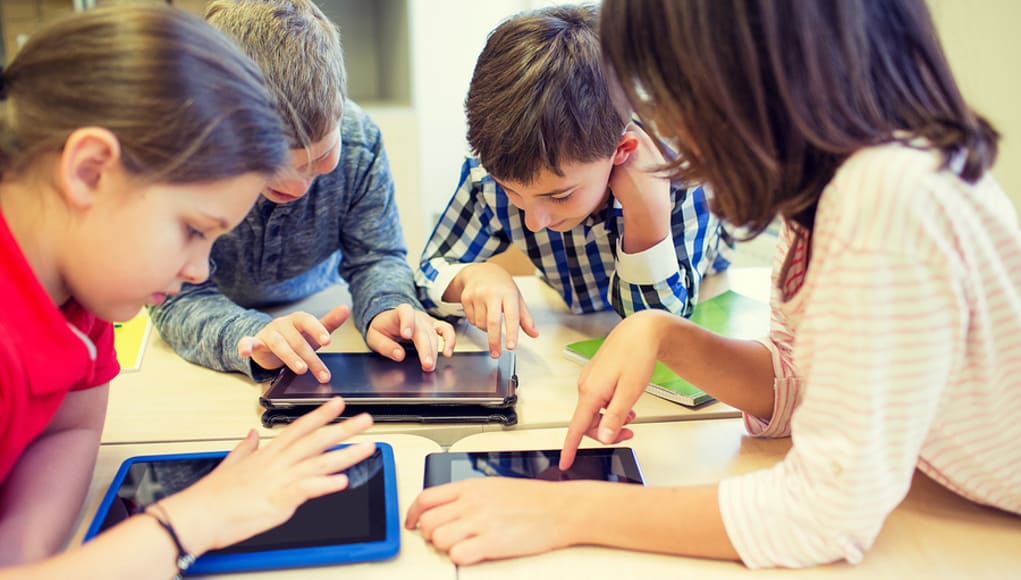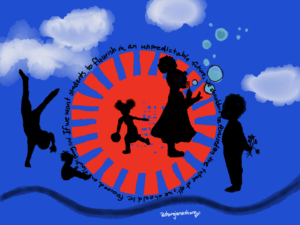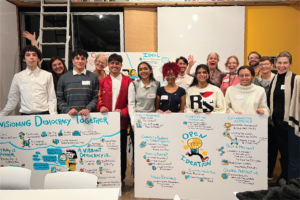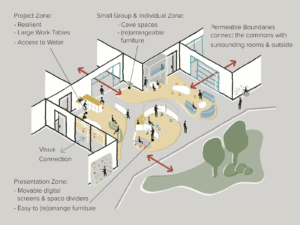Designing the Classroom of the Future: Technology as a Force Multiplier

This post was originally published by The Foundation for Blended and Online Learning.
It’s my mission to ensure that all students have access to high quality personalized learning options. Technology can help us get there faster and bridge the divide that too many students still face.
The innovative use of technology allows educators to reconfigure the traditional K-12 classroom and redesign schools to create personalized learning solutions that better serve all students.
As a board member at the Foundation for Blended and Online Learning (FBOL) and as COO of Getting Smart, I am thrilled to work with a network of impact-oriented schools and educators across the U.S. in helping to guide the evolution of schools, and with it, the future of learning.
Technology Greatly Enhances Learning Flexibility
Blended and online education allows students to learn at their own pace and on terms that are far more flexible than the pedagogical methods of the past permitted. My own academic journey was aided by the availability of flexible, technology-enabled courses. And just as I have benefitted from the creative use of technology in education, I want to ensure that current and future generations of students have similar opportunities available to them.
Educational philanthropy has a pivotal role to play in increasing the access students have to the latest high quality edtech tools. At FBOL, our Innovative Educator grants are awarded to classroom leaders who are experimenting with inventive practices and programs to overcome achievement gaps through tech-enabled personalized learning. And our scholarships recognize the achievements of students who have graduated from public and charter schools who embrace technology to improve educational experiences and outcomes.
I believe that students who have access to blended and online programs develop habits that inspire them to become lifelong learners—not just good students.
My work in learning design has given me an in-depth perspective on how the effective adoption of technology can shape the classroom of the future. I know the current level of personalization that learning technologies permit will pale in comparison to the innovations ahead of us; we’ll develop assessment instruments that enable us to access an unprecedented level of information about academic proficiencies and weaknesses, which can be represented and analyzed more efficiently than today. Tools also will be created that allow for more meaningful interactions between educators and students regarding academic progress, social and emotional learning, and overall success outcomes.
Technology Breaks Down Barriers and Borders
Increased interaction will be a core component of the future classroom. Children in blended and online learning programs already benefit from top-rate educational materials that students in more traditional schools may not be able to access. As technology moves beyond being merely a vehicle for content distribution, however, something amazing is happening: we’re creating an extended learning community where students can benefit from the curiosity and ingenuity of their peers—no matter how far apart they may be from one another.
Imagine a student at a big-city school collaborating on a history project with another child who is located in a more remote setting. Or the 4th-grader who aspires to be an astronaut getting feedback on her science fair entry from a NASA engineer. And the integration of state-of-the-art technologies such as VR and AR into the classroom will take learning to an even higher level. What if an elementary school art class no longer had to settle for reading about the rich cultural treasures at the Metropolitan Museum of Art? What if they could virtually tour the ancient city of Petra, and afterwards discuss it with students based in Jordan? Technologies such as these will allow those children to access immersive educational experiences from thousands of miles away—experiences that were the stuff of science fiction just a few decades ago.
That said, I’m excited about what the future holds. I’m confident that the innovative use of technology in our K-12 schools and classrooms will further increase engagement and play a key role in fostering student equity. It’s an honor for me to contribute to the mission of FBOL, and I look forward to seeing the impact our scholarship recipients and grantees will make on both education and industry.
For more, see:
- Fueling a Vision of Student-Centered, Personalized Learning through Student Voice
- What Policies and Practices Can Make Learning Personal for All?
- Personalizing Online Language Learning
- 6 Emerging Technologies Supporting Personalized Learning
- The Problem With Responsible Students
Stay in-the-know with all things EdTech and innovations in learning by signing up to receive the weekly Smart Update.








0 Comments
Leave a Comment
Your email address will not be published. All fields are required.